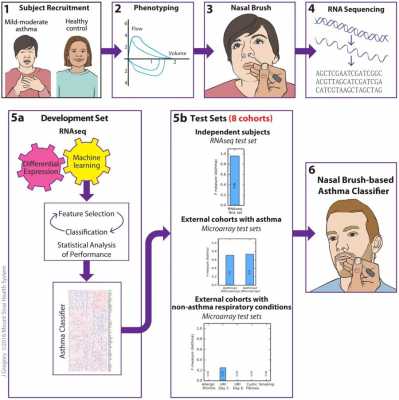Author Interviews, Biomarkers, Cancer Research, JAMA, UCSD / 15.06.2018
PDL1 Amplification Linked To Positive Response to Checkpoint Blockers
MedicalResearch.com Interview with
Aaron Goodman, MD
Hematologist/Medical Oncologist
Assistant Professor of Medicine
UC San Diego Health
MedicalResearch.com: What is the background for this study? What are the main findings?
Response: Response rates to PD-1/PD-L1 blockade in solid tumors are reported at 10-20%. Remarkably, response rates of 65% to 87% have been reported in patients with refractory classical Hodgkin lymphoma treated with checkpoint inhibitors.
In nodular sclerosing Hodgkin lymphoma, amplification of the chromosomal region 9p24.1, which contains the genes PD-L1 (CD274), PDCD1LG2 (PD-L2)and JAK2, is directly correlated with increased expression of these proteins on Reed–Sternberg cells.
Overall, 105 of 108 (97%) biopsies from patients with newly diagnosed classical Hodgkin lymphoma have increased PD-L1 and PDCD1LG2 copy numbers. The prevalence and utility of PD-L1amplification as a response biomarker to PD-1/PD-L1 blockade is unknown in other tumors.
We sought to determine the prevalence and utility of PD-L1 amplification as a response biomarker to PD-1/PD-L1 blockade in solid tumors. (more…)











